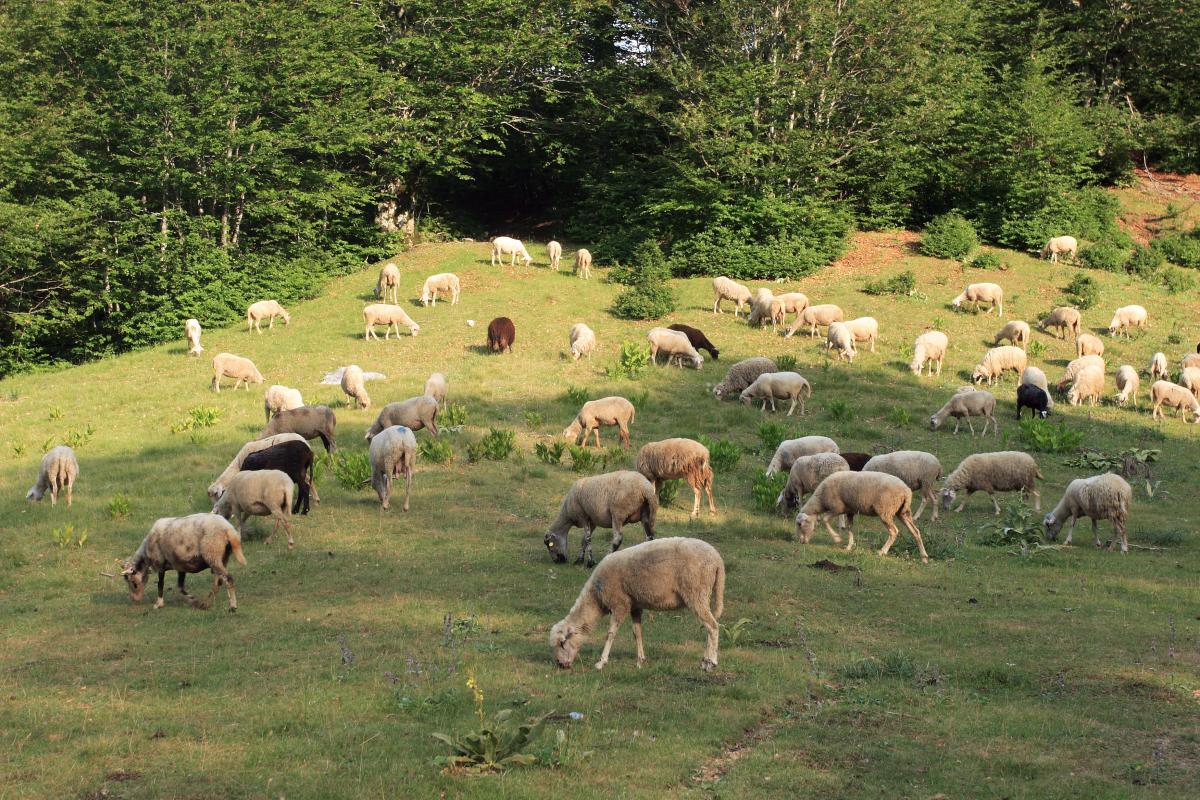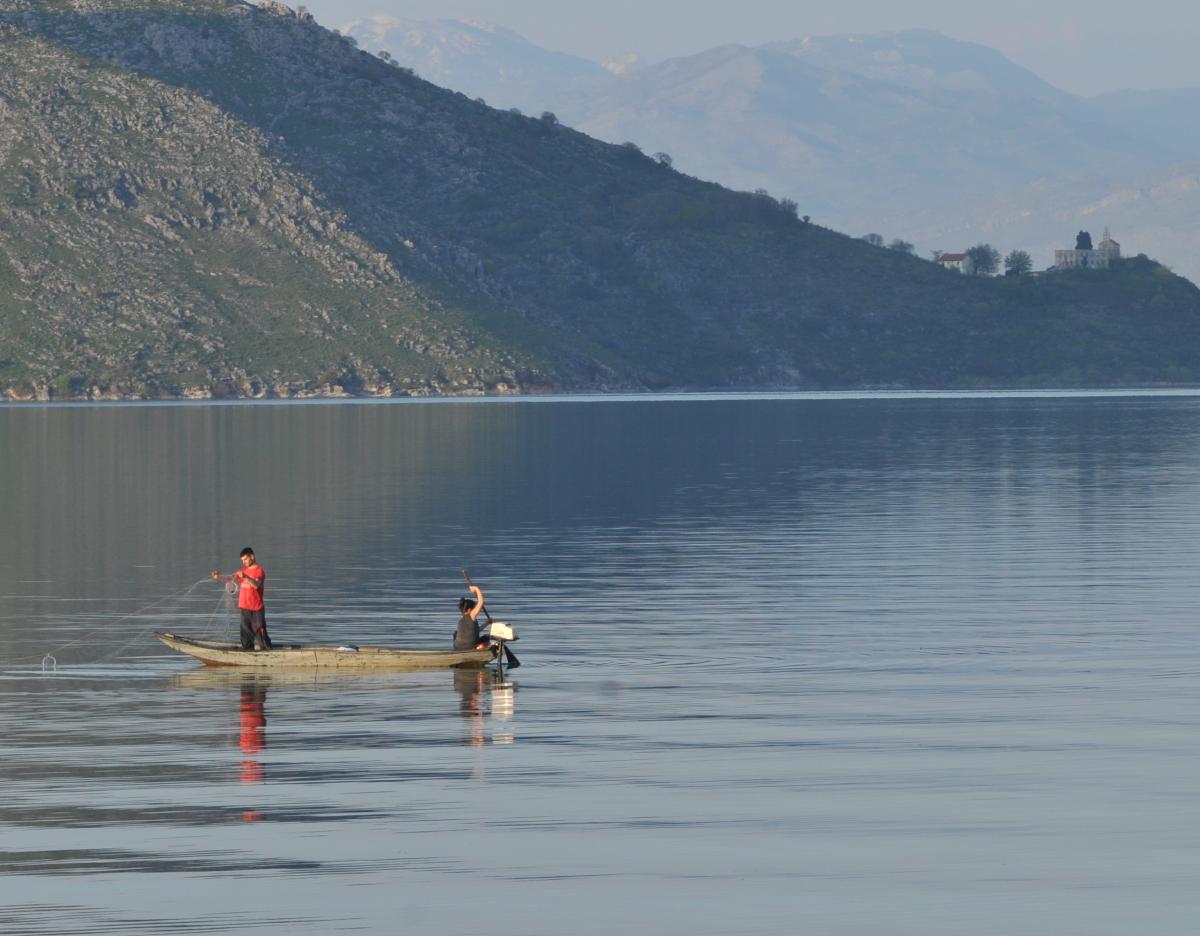How effective are Albanian Protected Areas?
The assessment of 51 protected areas of Albania was conducted using the Management Effectiveness Tracking Tool (METT) in the frame of the project NaturAL. This assessment is a show case of the ways management effectiveness of protected areas can be improved which is the main topic of the IUCN WCC Workshop on ‘The Benefits of Protected Area Partnerships: Fostering Innovative Solutions for a Planet at the Crossroads’.
The highest percentage of poor effectiveness was observed with respect to financial management and budget security, and availability and maintenance of equipment. The highest percentage of excellent scores was reported on the legal status of protected areas and condition of values.
Wildfires were reported as the most common threat to protected areas in Albania, whereas logging and wood harvesting as the most serious threat that causes degradation of the natural values in protected areas. In general, the threats related to the use of biological resources in protected areas were present in the vast majority of protected areas in Albania. The findings of the assessment are intended to assist the National Agency for Protected Areas (NAPA) in identifying the priorities in improving the management effectiveness of the protected areas in the country.
The METT, developed by WWF and the World Bank, follows the IUCN Framework for assessing Protected Area Management Effectiveness (IUCN PAME Framework), mostly focusing on context, planning, inputs and process.





